The Magicians, the series based on Lev Grossman’s best-selling book about students at a magical university called Brakebills, recently announced that its currently-airing fifth season will be the last. In honor of this announcement, let’s take a look back at the episodes that have helped it stand out not only as a genre show but also more generally float above in a sea of excellent genre and non-genre television.
The Magicians entered the television landscape in 2014 has routinely and reductively been billed as “Harry Potter for grown-ups.” Like Harry Potter, the core ensemble of magicians here (Quentin, Margo, Penny, Julia, Kady, Alice, Eliot) have magical specialties. Each falls under the umbrella discipline of physical magic or the ability to wield and weaponize the properties of matter and energy — Penny is a traveler, which means he can teleport; Alice is adept at phosphoromancy; Quentin has a gift for repairing objects. Also like Harry Potter, there’s a magical world (Fillory) and a non-magical world, while quests play a large role in the series. But these similarities are superficial at best.
By injecting the series with complimentary doses of whimsy and heart, the show’s creators, Sera Gamble and John McNamara, turned The Magicians into the crown jewel of Syfy’s programming slate. A diverse ensemble cast? Check. Adults who act like adults for better or worse? Check. Dragons, talking bunnies, a fairy queen, pocket worlds, meta-humor, villains turned heroes and heroes turned villains? Check. The Magicians will be remembered as a very weird show that was very proud of its weirdness. It will also be remembered for its frank discussions of addiction and mental illness, for pushing back against gender and racial stereotypes, and for not leaning on magic for superficial visual flair. The Magicians spent five spellbinding seasons telling deeply human stories about deeply human characters that just so happen to live in a world that has magic.
Of the series’ 65 episodes, the following six stand out as exemplary of the unique spirit that guided the show as it explored the outermost reaches of magic and friendship.
1. “Have You Brought Me Little Cakes” (S1E13)
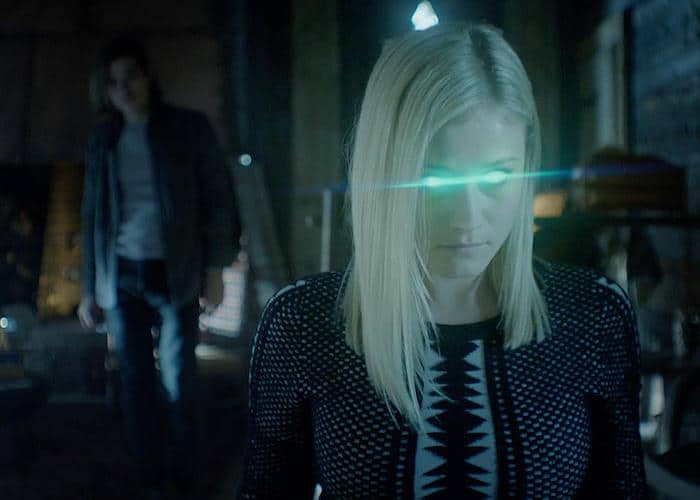
In Grossman’s book series, Quentin is unquestionably the main character, the person the reader spends the most amount of time getting to know inside and out. Like so many fantasy series before it, the books focus on an unassuming white male hero. In the television adaptation, however, the creators opted for a cultural reset. The first seeds of this realignment were sown in two separate scenes in this season one finale. In the first scene, the group of students is presented with a blade that can sense “the pure royal blood of the High King of Fillory,” and every member of the group including Quentin assumes he’s the royal in question — only he isn’t.
Later, when Quentin is faced with a situation requiring a powerful magician to wield a weapon that saves the day, he passes on the assignment to Alice, the group’s wunderkind. It was, in a finale full of shocks, a real shock. At the critical moment, Quentin explains, “My entire life, ever since the first time I read Fillory and Further, I’ve been waiting for some powerful being to come down and say, ‘Quentin Coldwater, you are The One’ …every book, every movie, it’s about one special guy.” He continues, “I want to be the one, I do, it’s just the adult part of me, the part of me that understands how magic works, keeps screaming that it’s you.”
Quentin acknowledging that, if the story they were in had a hero, it wasn’t him is analogous to Harry Potter passing off his big battle with Voldemort to Hermione, an unquestionably more accomplished magician (and thereby more believable hero). While Harry would happily admit Hermione was the smarter of the two of them, he never ceded the pivotal heroic moment to her like this. Also, *spoiler alert* this scene is an incredibly important set up for Quentin’s eventual exit from the series in season four and also for story arcs that precede it, demonstrating that seemingly supporting characters aren’t supporting players in a hero’s journey but heroes of their own stories.
2. “Plan B” (S2E7)
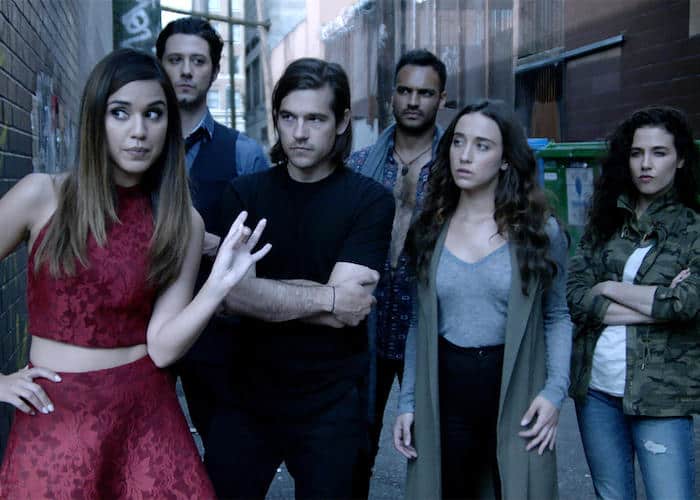
The first thing most people would do if they found out they had magical powers is to rob a bank. Stunningly, it takes The Magicians until season two to center an episode around this concept. In this episode, members of the gang (currently dealing with a lot of intra-group drama) are having two separate cash flow problems — Margo and Eliot are facing a bankrupt Fillory, and Julia and Kady need $1 million in gold to pay for a magical abortion. They come together because, as Margo says, “It’s the 21st century; it shouldn’t be this hard for a girl to get an evil demigod abortion.” Eliot chimes in, “And we’re emotionally advanced; we can hold resentment and sympathy for a person at the same time.”
With this motley “thievery corporation” reluctantly assembled, it’s bank heist time. This episode is a classic because it highlights one of the best aspects of the show: how much fun it has posing and answering the FAQs of life with magic. What would happen if we switched bodies? What would it be like to be invisible? What if magic didn’t exist? What’s my alternate universe self like? The Magicians turns these questions into plot points and always surprises us with the answers. “Plan B” asks, ‘How many magicians does it take to rob a bank?’ And the answer, thankfully, is the whole Brakebills crew.
3. “A Life in the Day” (S3E5)
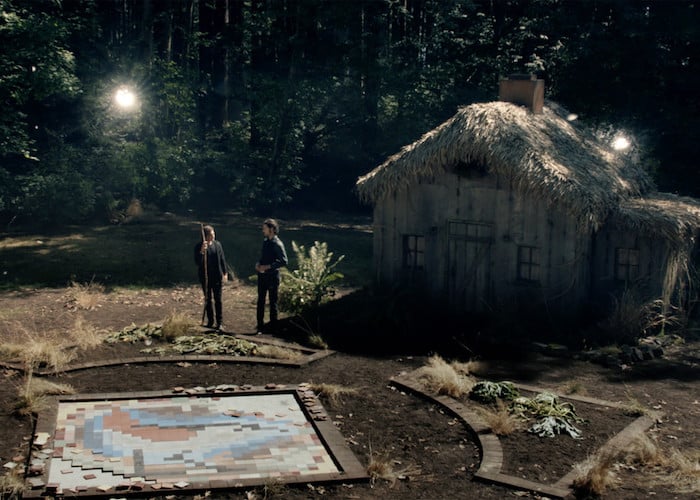
This was a landmark episode for the show. Though it had compelling storylines for each member of the cast, “A Life in the Day” was praised by critics and fans alike for the arc it gives the group’s most pessimistic and most-shipped members, Quentin and Eliot. It all starts when Quentin explains to Eliot that to acquire a key they need they have to go to Fillory and construct a mosaic that reflects “the beauty of all life.” Eliot immediately quips that the task “sounds appropriately vague.” When they arrive on the scene, they realize how true that is; they can’t use magic or logic to solve the puzzle and there is no guidebook to consult.
In a dialogue-sparse montage, the following happens: weeks pass, they argue, a woman stops by to offer them peaches and plums, they manually rearrange the tiles over and over, a year passes, they begin a romantic relationship, they argue less, they overthink less, they age, Quentin falls for the woman and has a child with her, they all raise the child together, the woman dies, Quentin grieves her, Eliot comforts him, the child grows into a man, Eliot and Quentin grow even older, Eliot dies, and Quentin covers him in a burial shroud.
While digging for a grave, Quentin finds a stray gilded piece of the mosaic, and once he places it down, the key they spent years trying to find appears. The mosaic is revealed to be a metaphor for life itself and an ode to its greatest highs and lows — sacrifice, love, loss. Though we eventually learn that this all occurred in an alternate timeline, the two retain memories of the full 50 years of living they did around the mosaic. “A Life in the Day” could’ve easily been throwaway fan service, but the show protects against that by allowing Quentin and Eliot to remember the life they built together and to be permanently altered by the experience.
4. “Six Short Stories About Magic” (S3E8)
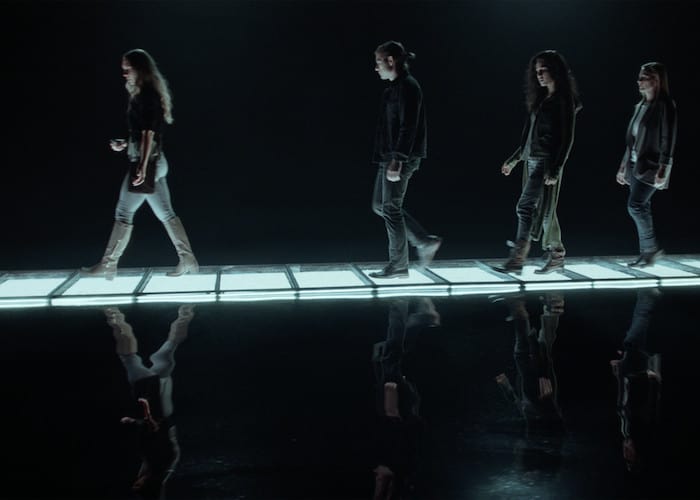
In this unique episode, the story is broken up into smaller interconnected shorts starring the core members of the team and one of the show’s best guest stars, deaf actress Marlee Matlin. Penny travels to the Underworld to help Quentin with a quest, and while there he barters with the only currency worth anything to dead people: knowledge of how Game of Thrones ends (Penny’s fabricated ending is also loads better than the show’s canon ending). Julia and Fen (a native Fillorian, knife expert, and Eliot’s wife) stumble upon a human rights violation; a magic-hungry witch has enslaved a bunch of fairies and is crushing up their bones and using the dust to power herself up.
There’s also a powerful sequence shot silently, as it’s from the perspective of Harriet (Matlin), who communicates using American Sign Language. This sequence is a quasi-origin story for a character long-seen as one of the villains in the show, Zelda the head librarian, and her daughter. Different stages of their relationship are shown throughout, demonstrating over the years how they grew apart due to philosophical differences about who should have access to and knowledge of magic. Harriet’s sequence is easily one of the show’s most moving, culminating in one of the show’s best shots: two women trapped on a mirror bridge between worlds. The episode substantiates two ideas that are common themes in the show: every character has an important role to play, and everything they do is interconnected.
5. “All That Josh” (S3E9)
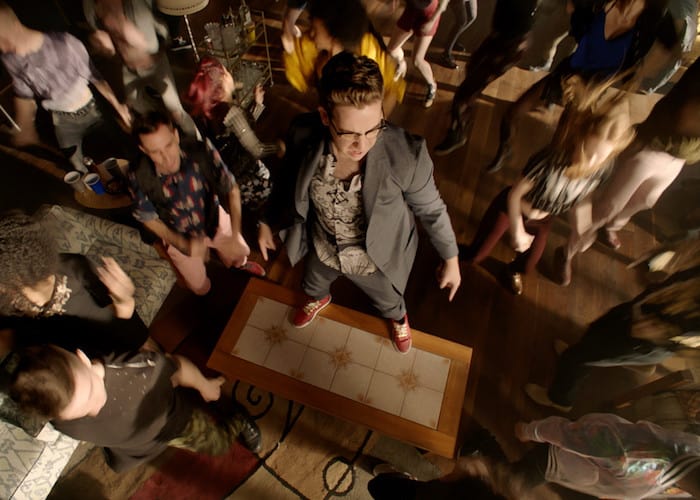
Since Buffy the Vampire Slayer’s classic “Once More With Feeling,” many shows have tried their hand at a musical episode to varying degrees of success. At the end of its run, The Magicians will have aired three. But this first one remains its best. The titular Josh is the member of the group whose texts are always left on read — the one who is often an afterthought when they participate in important quests. A demon sees Josh’s immense need for connection and creates a pocket world that is an endless party to feed off his joy.
When following a quest leads the other members of the group to the party, they notice that in addition to the nonstop musical atmosphere, they are trapped in a room with no doors and every clock set to 4:20. Meanwhile, in Fillory, a wombat judge finds Eliot and Margo guilty, and they are sent to face their own music aboard a sentient boat that is delivering them to an infinite waterfall where they will “plummet through freezing waters against walls of razor rocks” to their deaths.
Most musical episodes are light-hearted, but there is a menace to these proceedings. Josh explains to Quentin, Alice, and Kady that there’s only one rule and it’s “you gotta be the vibe, and the vibe is fun in the sun, and you can’t throw shade.” Violators (aka non-singers) find themselves under attack by the drone-like party goers. Basically, you kill the vibe, someone comes to kill you.
Quentin eventually figures out what the quest is asking them to do: acknowledge and embrace the member of their group who has felt left out. To do that, every member of the group must come together to sing “Under Pressure.” As they all sing in unison, the boat decides to spare Margo and Eliot from their deaths, Josh feels a genuine connection to the group, and eventually, they are granted exit from the pocket world. The sequence must be watched to be appreciated in all its glory.
6. “Oops!… I did it again” (S5E6)
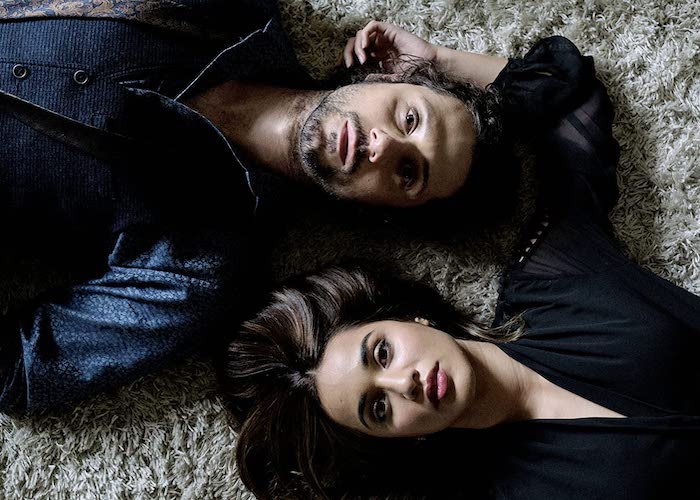
This episode is ostensibly about a heist to move the Moon (yes, the actual Moon) to save the planet from an apocalyptic event, but it’s really about Margo and Eliot, the core friendship of the show. If there was a cast yearbook, Margo and Eliot would win the “most changed” superlative. They began the show as the bitchy older students who hated to be dragged into Quentin’s fantastical life, but over the seasons they are forced to change — quite literally in Margo’s case as she loses an eye, becomes a werewolf, and a king — and to care. In this episode, the show uses a time loop structure, which Margo poetically explains has them “stuck in the Jean-Paul Sartre bullshit,” to showcase just how much growing the pair of friends have done.
While reliving the same 12-hour period, they initially wallow and revert back to their hedonistic season-one selves to avoid facing their problems, but eventually, Margo’s determination gets her to a solution to their problem (a solution, by the way, that involves a group of talking whales that religiously mark a sigil on the ocean floor to keep a deadly Kraken from being unleashed because this show is insane/awesome). But, before she can tell Eliot, she is ejected from the loop.
Because it involves so many (often conflicting) rules and complicated narrative restructuring, nailing a time loop is a high mark for a genre television show or movie. Luckily, this cheekily titled episode more than delivers. Time loop episodes are the perfect storytelling trope to teach a stubborn character a lesson. In Groundhog Day, we see Bill Murray relive the same day 38 times before he finally learns to break his behavioral pattern of selfishness. In “Oops!…I Did It Again,” the person who needs to learn a lesson is Eliot, and the lesson he needs to learn is how to confront his biggest fear: that the monster that possessed him last season and used his body to do unspeakable things to other people is still inside him somehow.
Eliot has to cycle through several versions of his past selves, lose his best friend and sometimes crutch Margo, and be left alone in the loop to finally be ready to do what he needs to do. After he does this, he helps pick up where Margo left off with the solution to the Moon/apocalypse problem and more importantly, he leaves the episode unburdened by a fear that had haunted him for months. So, in a beautifully written and directed sleight of hand, this episode about talking whales and toga parties is really about the very scary and very human notion of facing your demons in the name of personal growth.
0 comments:
Post a Comment